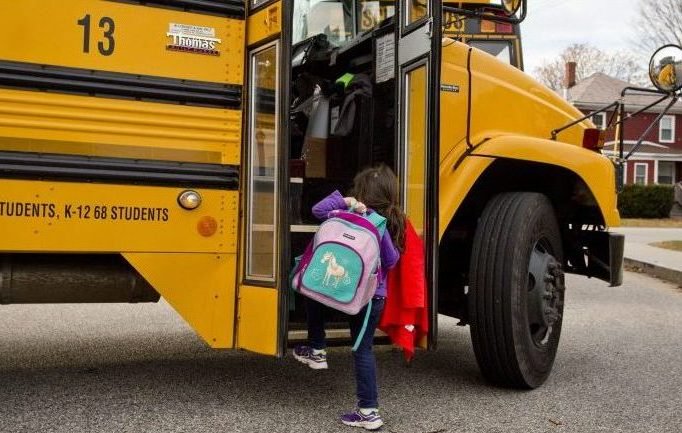A kid’s future is never set in stone. But for students who miss a lot of school, it’s at least written in pen.
More than any other indicator, regular absences are a sign of what’s to come. Kids who are chronically absent — who miss more than 10 percent of the school year — are far less likely to graduate than their peers. And it’s not because they don’t want to learn or can’t handle the coursework — there’s almost always something else going on, and those problems have to be addressed to save a student from a life of underachievement.
According to new data from the state Department of Education, 16 percent of Maine students — more than 29,000 — are chronically absent.
It is a habit that grabs on early and follows students through their academic career. Elementary school students who miss too much school are far less likely to read at grade level by fourth grade, and thus four times more likely to dropout before graduation. Absenteeism in the sixth grade is the strongest hint at that level that a student will fail to graduate; by eighth grade, it’s a better indicator of freshman achievement than test scores. As a freshman, missed days are a better sign of who will graduate than grade point average or course failures.
That suggests that there are larger forces at play than academics. Poverty is one, as poor students struggle with unstable living situations and unreliable transportation. Often, there are people with serious health issues at home. For young students, parents may not see the importance of being in school every day, not when compared to the struggles of clothing and feeding them.
There are also students for whom school is a threatening place, because of bullying or social anxiety, or because of a bad experience with a teacher or staff member.
“There’s a million different reasons kids are out of school,” Gayle Erdheim, who handles dropout issues for the Department of Education, told the Portland Press Herald, “but usually it’s not that they don’t like math.”
The variety of causes means chronic absenteeism must be addressed student by student, barrier by barrier. It takes a comprehensive effort within individual schools to recognize at-risk students, help them overcome the issues that are keeping them from school, then make sure those supports are around for the long haul. Such a program is used by Count ME In, a statewide initiative that partners with communities and schools to increase attendance.
It helps to start young, too. Bills that would allow schools to intervene with students as young as 5 have failed in recent years but should be reconsidered — the change in law would help parents and students overcome barriers, and develop good habits, before they become too entrenched.
School absences take a child’s future away a day at a time. And that’s how we can give it back, day by day, until they have a shot at the future they deserve.
Send questions/comments to the editors.



Success. Please wait for the page to reload. If the page does not reload within 5 seconds, please refresh the page.
Enter your email and password to access comments.
Hi, to comment on stories you must . This profile is in addition to your subscription and website login.
Already have a commenting profile? .
Invalid username/password.
Please check your email to confirm and complete your registration.
Only subscribers are eligible to post comments. Please subscribe or login first for digital access. Here’s why.
Use the form below to reset your password. When you've submitted your account email, we will send an email with a reset code.